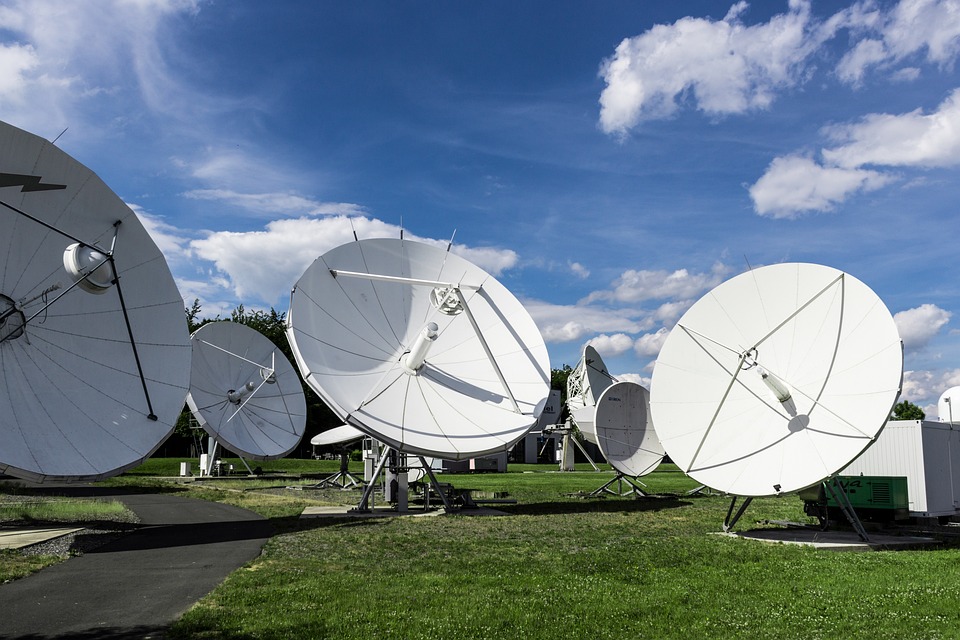August 19, 2022
WASHINGTON (Kratos/Constellations) — Searching for usable spectrum in lower bandwidths can best be summed up by Yogi Bera’s famous quote: “Nobody goes there anymore. It’s too crowded.”
Demand for spectrum has continued to grow at a rapid pace with satellite and other allocated services vying for valuable bandwidth. Terrestrial service providers are scrambling to buy up lower bandwidths to feed an increasingly spectrum-hungry customer base. This has left satcom providers seeking higher ground and moving to develop commercial operational capabilities in the Q band (33-50 GHz) and V band (40-75 GHz).
The satellite industry is accustomed to sharing spectrum among operators and some fixed terrestrial services, but the explosive demand for connectivity has led to greater and more frequent tensions.
Fights over licensing, allocation and use are becoming the norm and are putting satellite and terrestrial service providers in competition for limited bandwidth. The battle for the 12 GHz band between SpaceX and OneWeb against Dish’s alliance of mobile and fixed 5G providers is typical—and ongoing. Conflict over the use of the 24 GHz band pit NASA and NOAA against fixed wireless internet providers. The fight over reallocating C band was largely resolved through a multibillion-dollar auction, but certainly not without hurt feelings. In the Ka band, which was seen as an oasis only a few years ago, there are now growing concerns from satellite operators that regulators could repurpose spectrum in the 28 GHz band for 5G.
Read the full article: https://www.kratosdefense.com/constellations/articles/crowded-spectrum-pushing-satcom-operators-into-q-v-band






